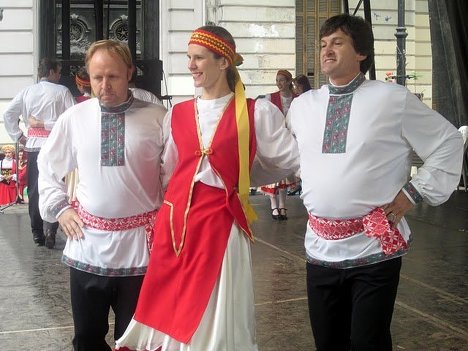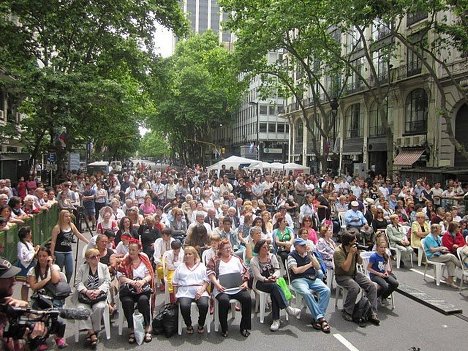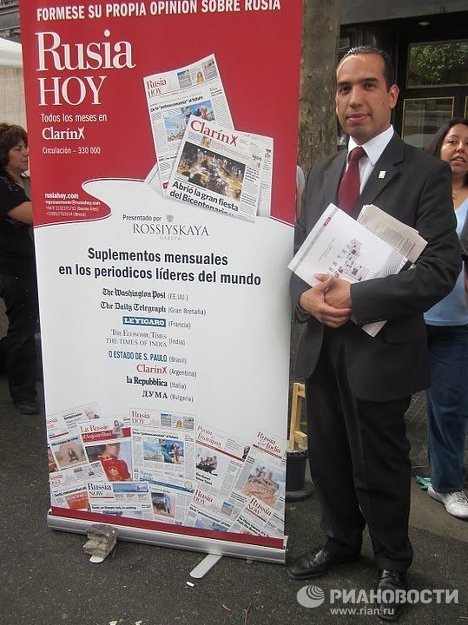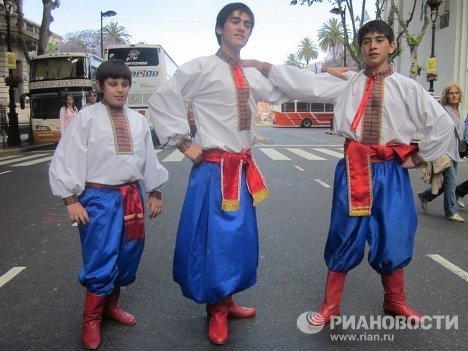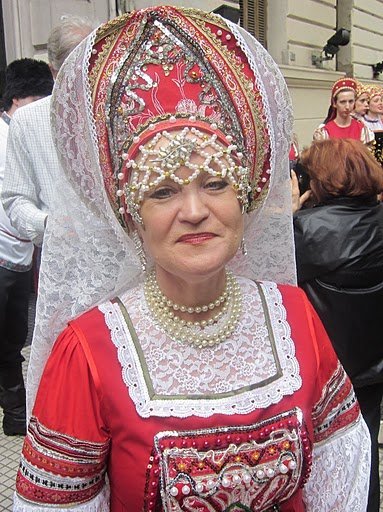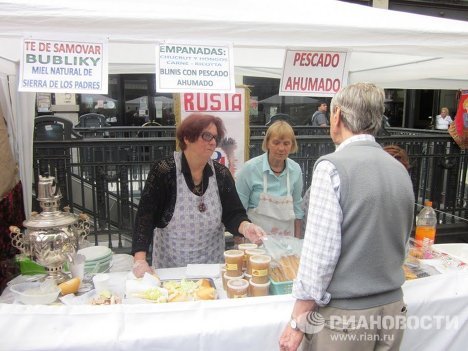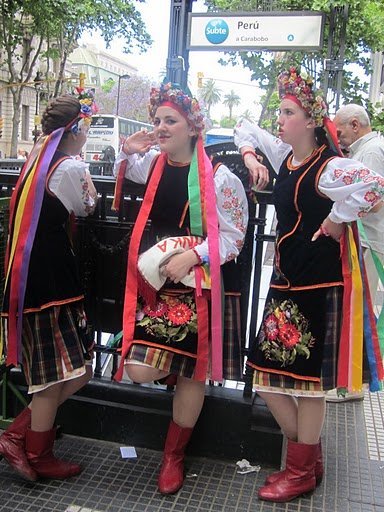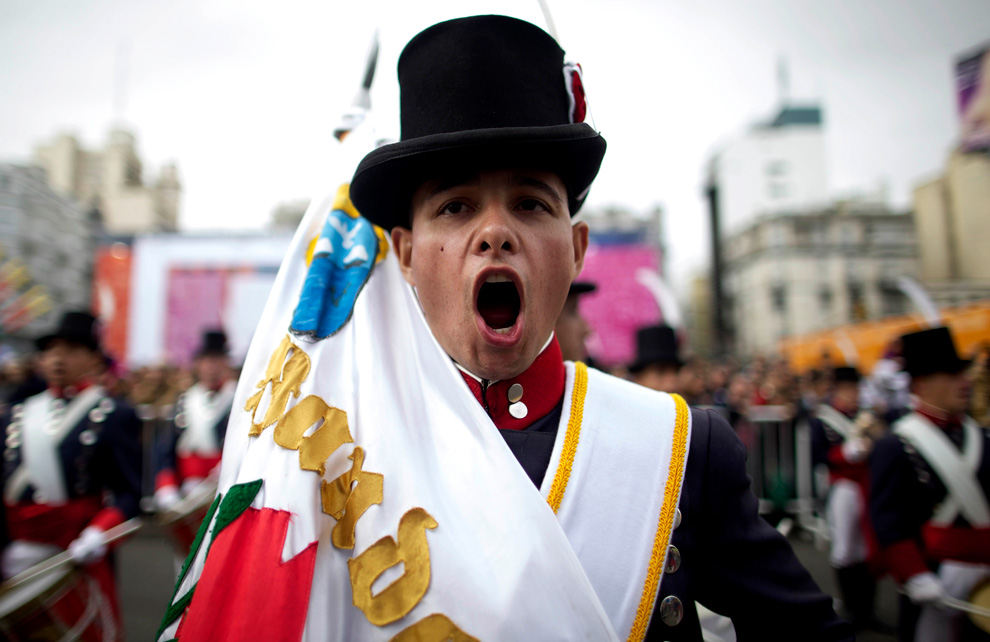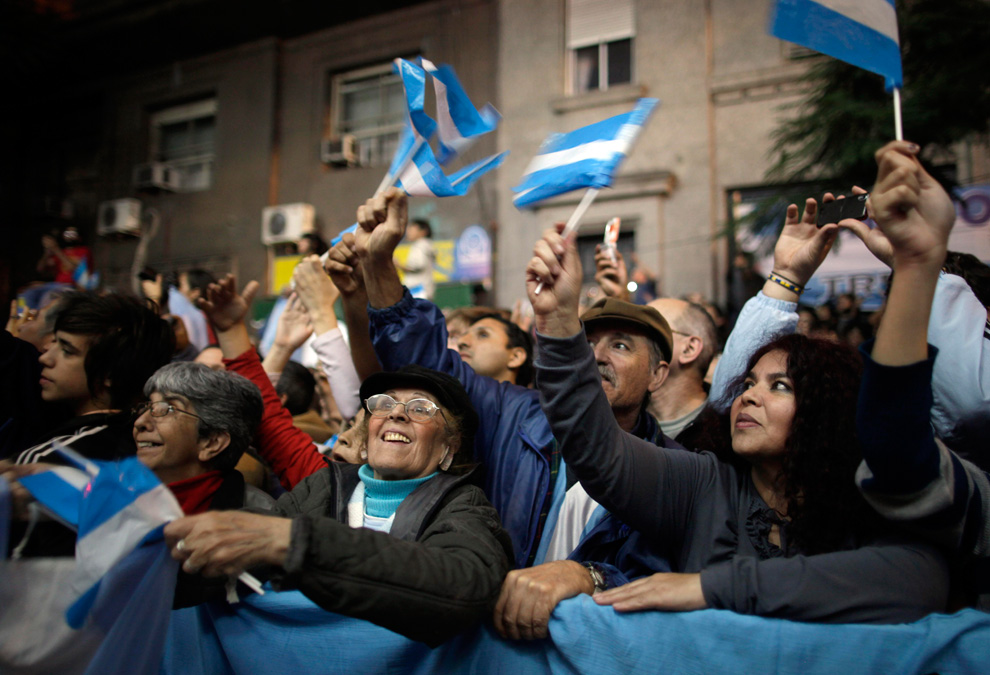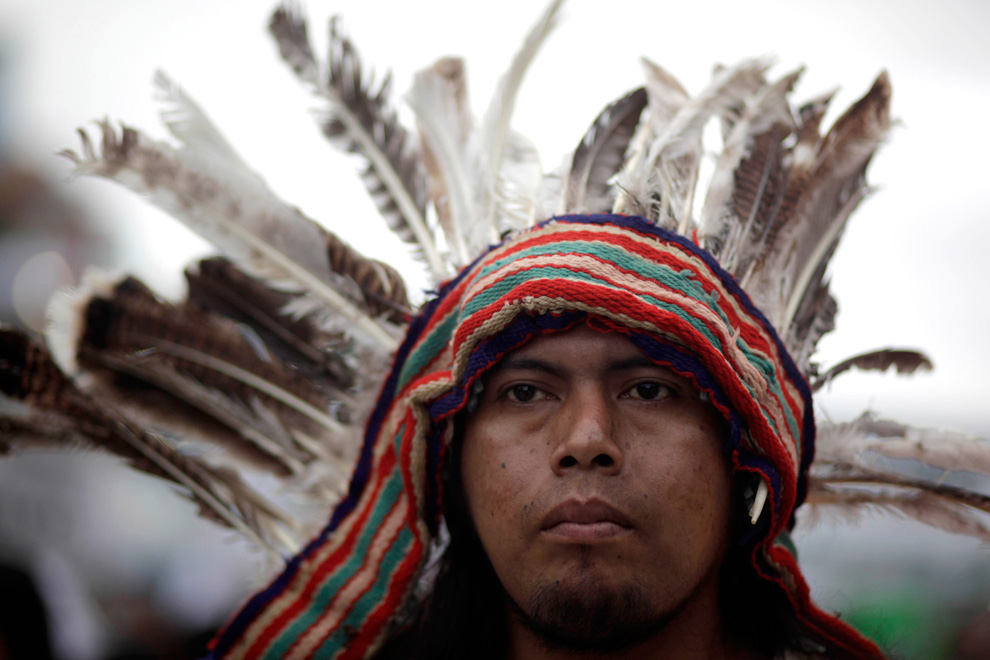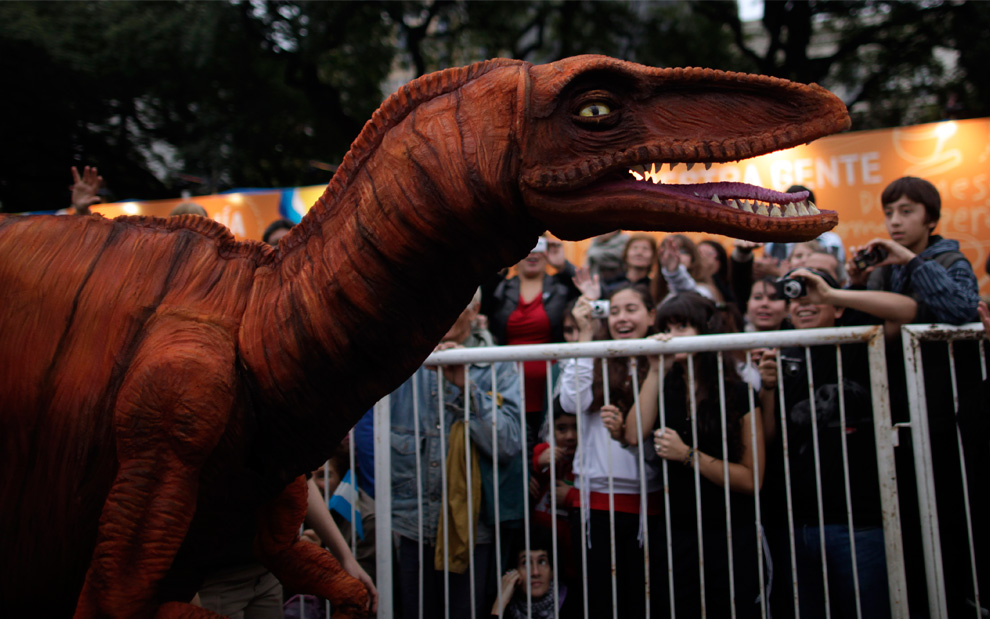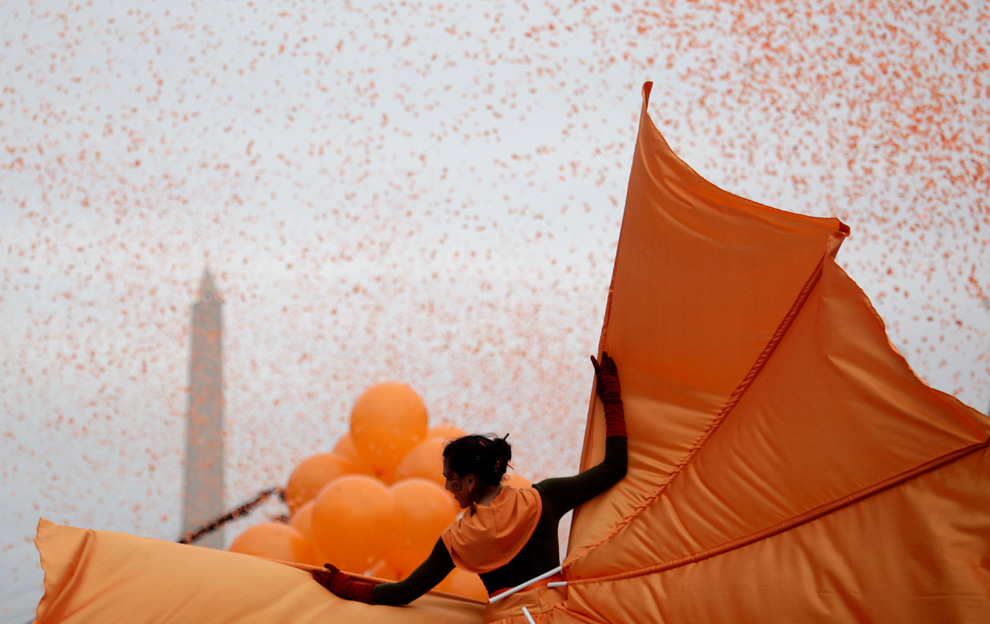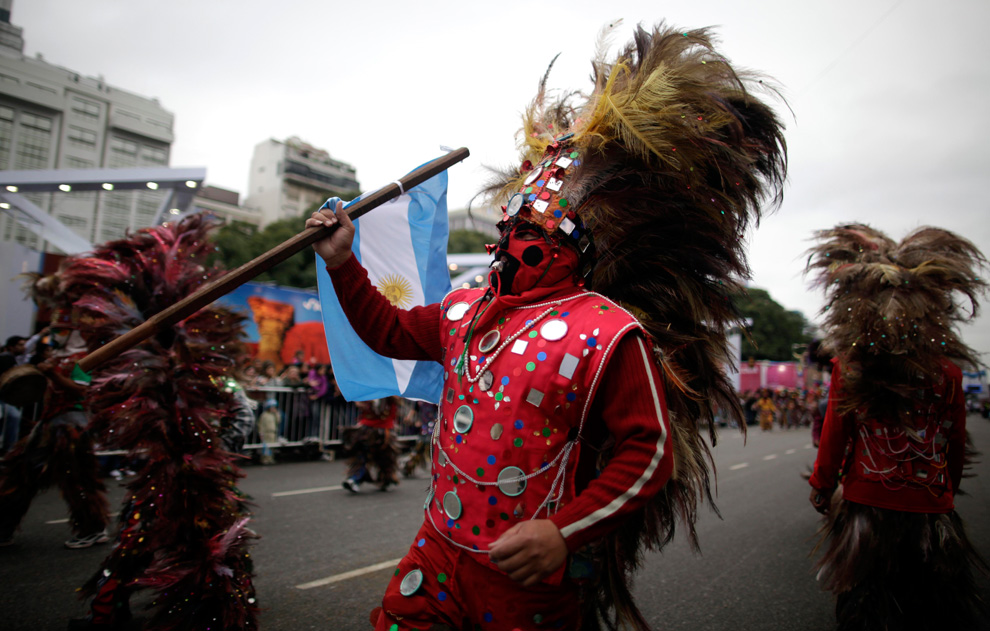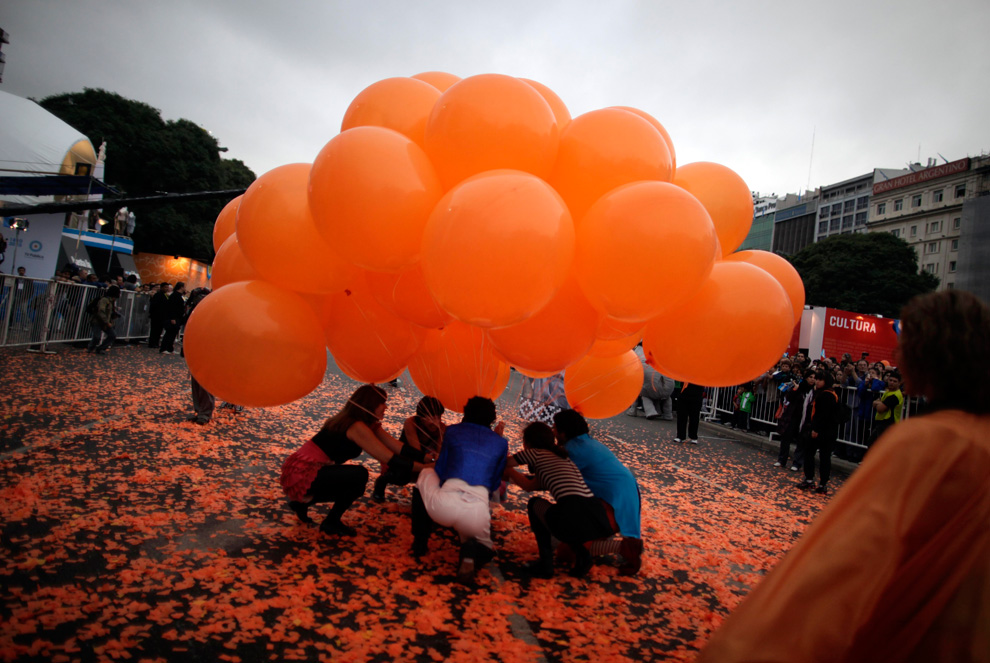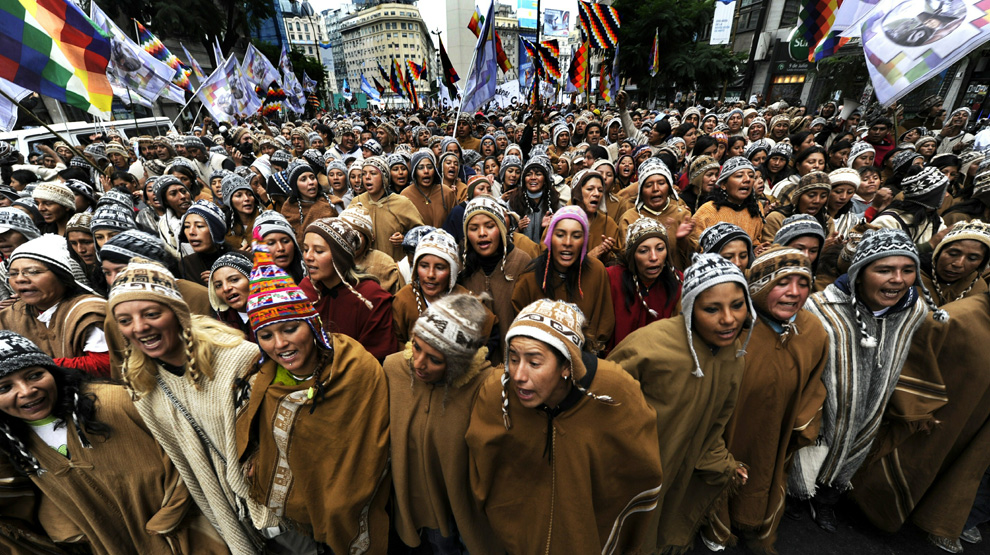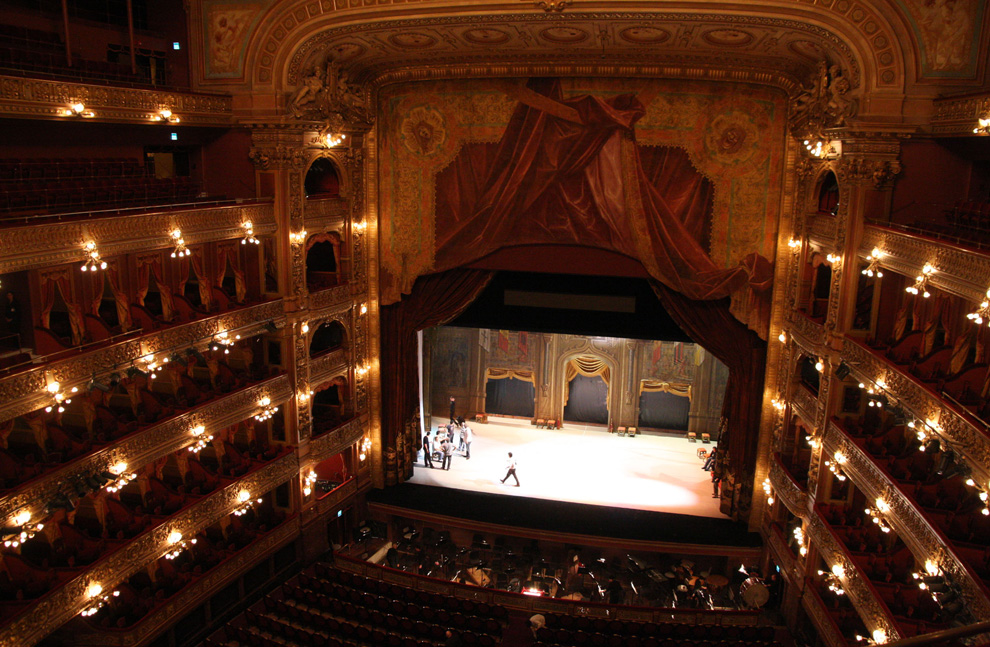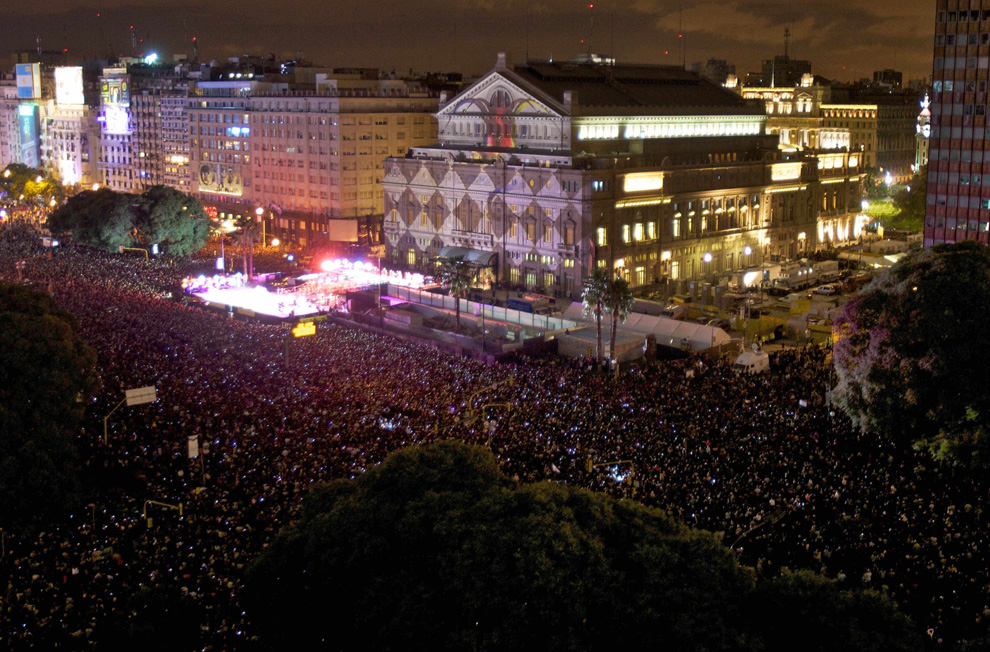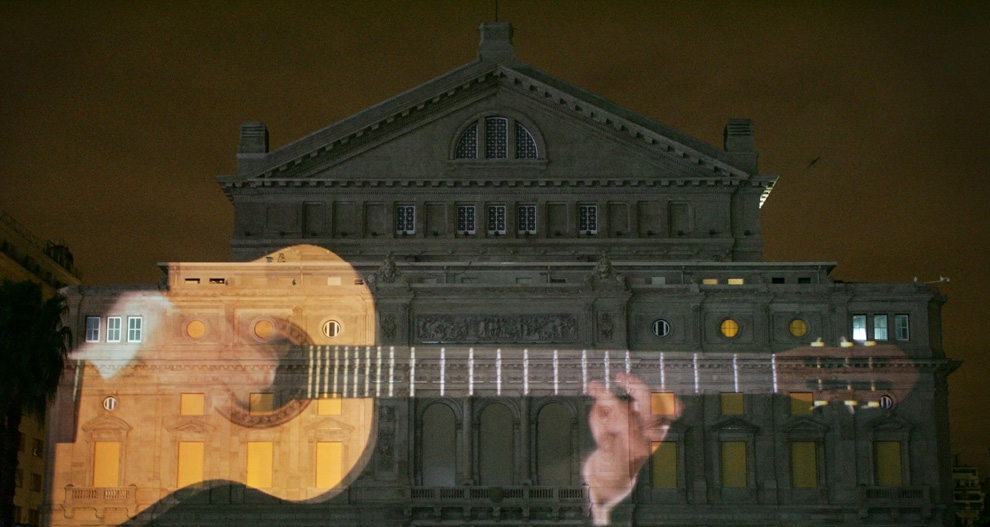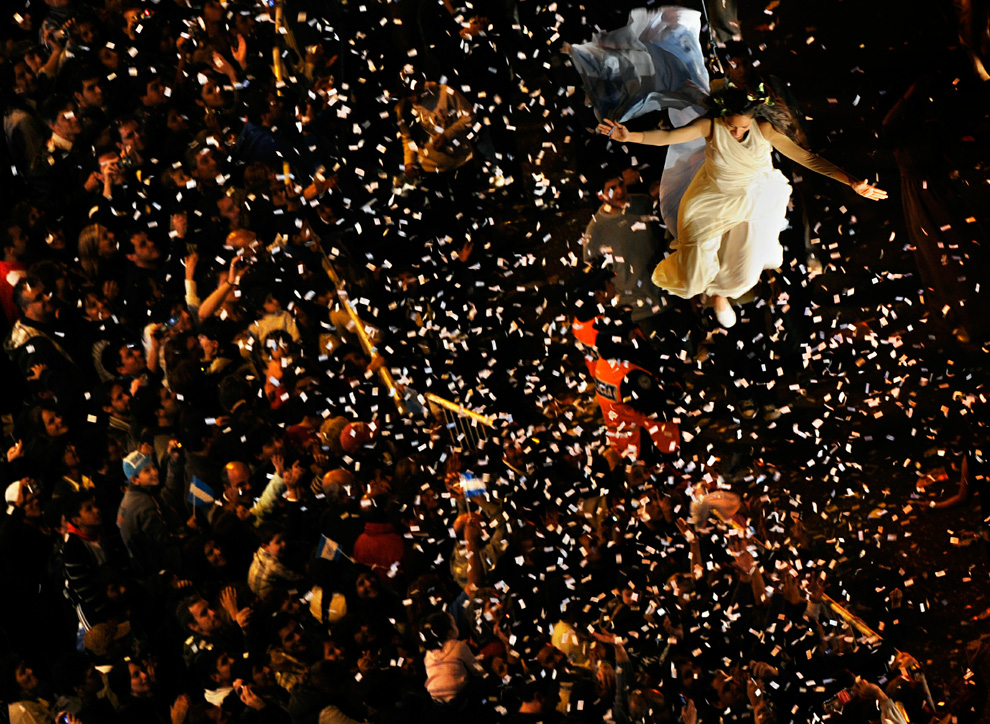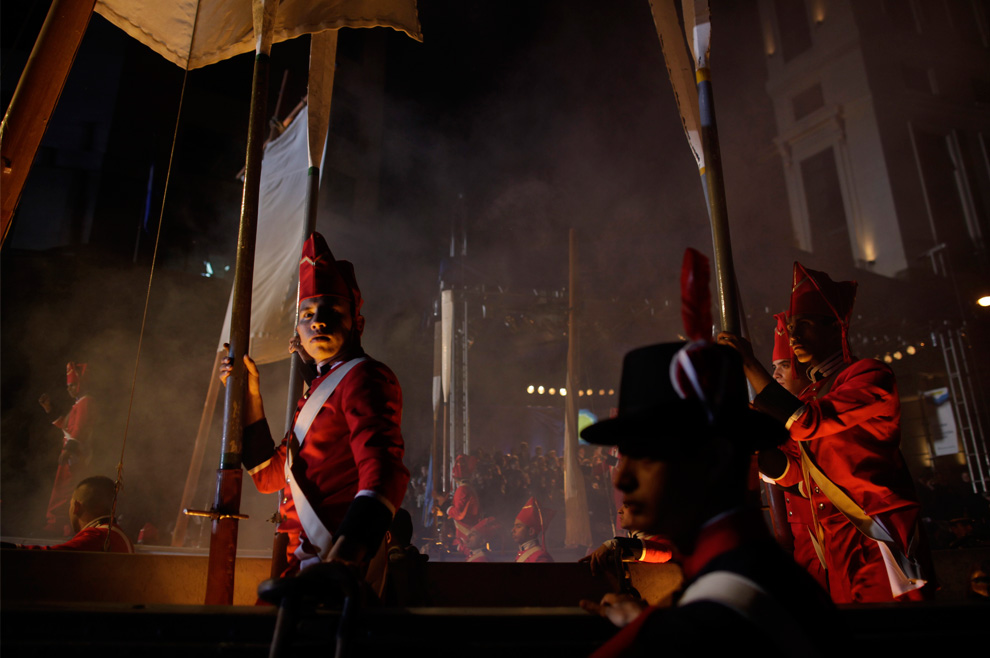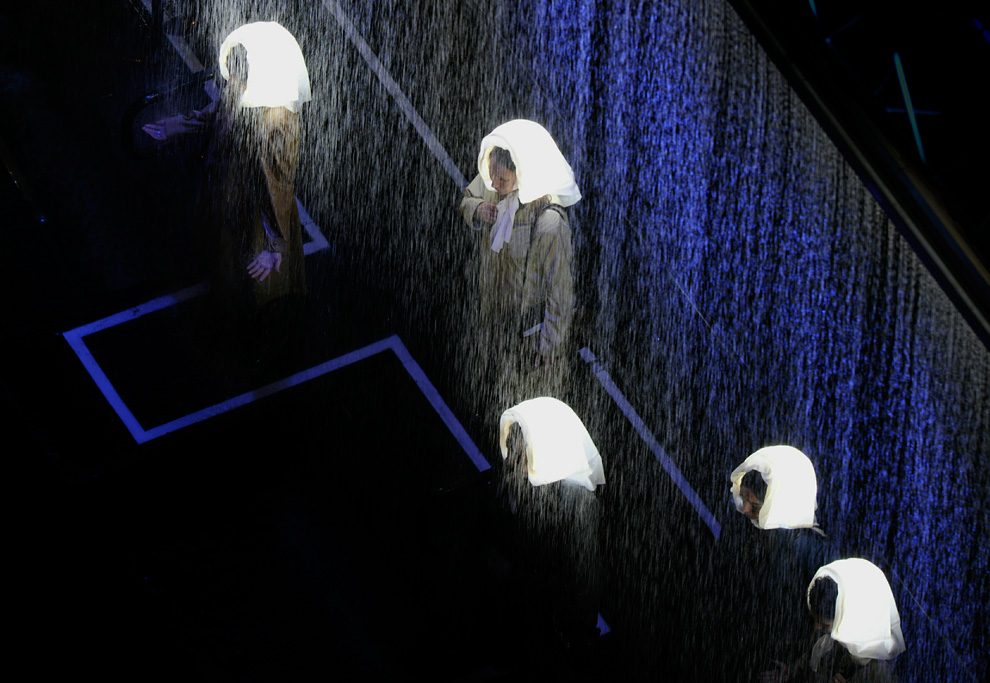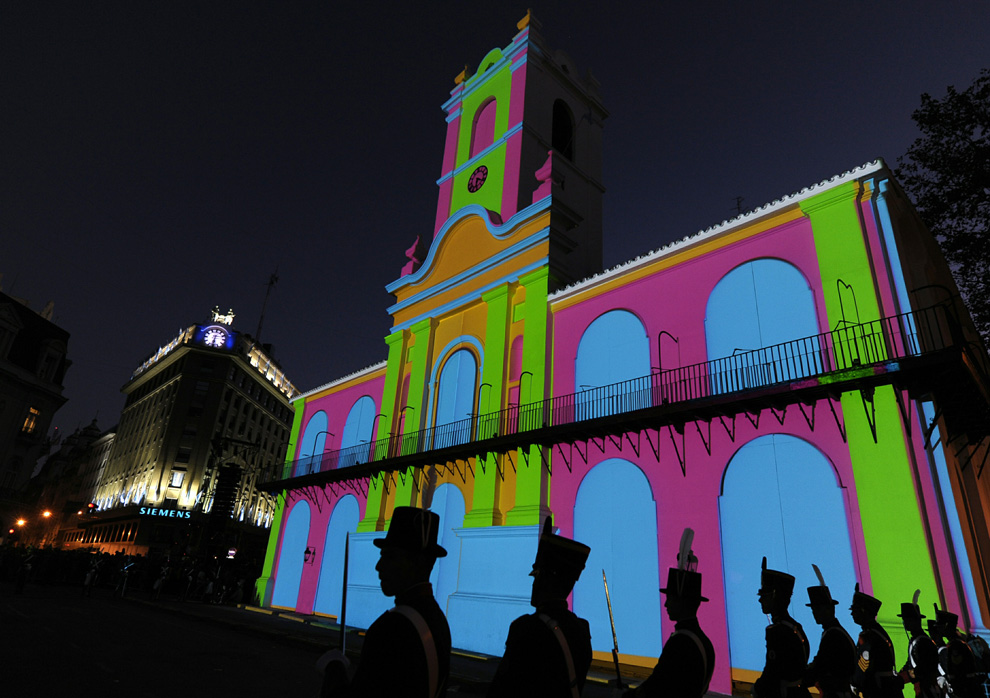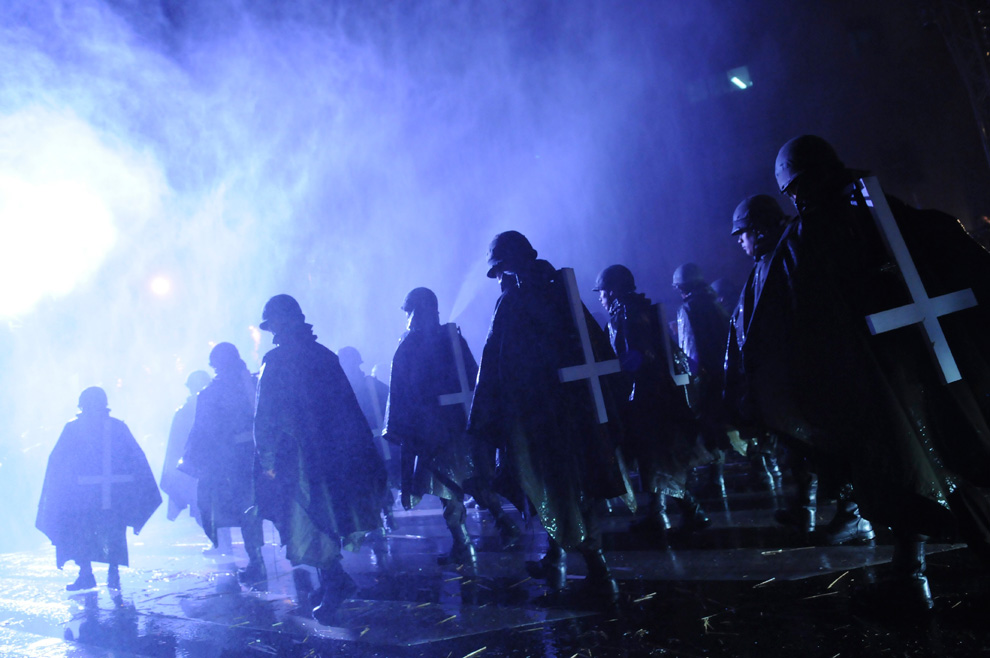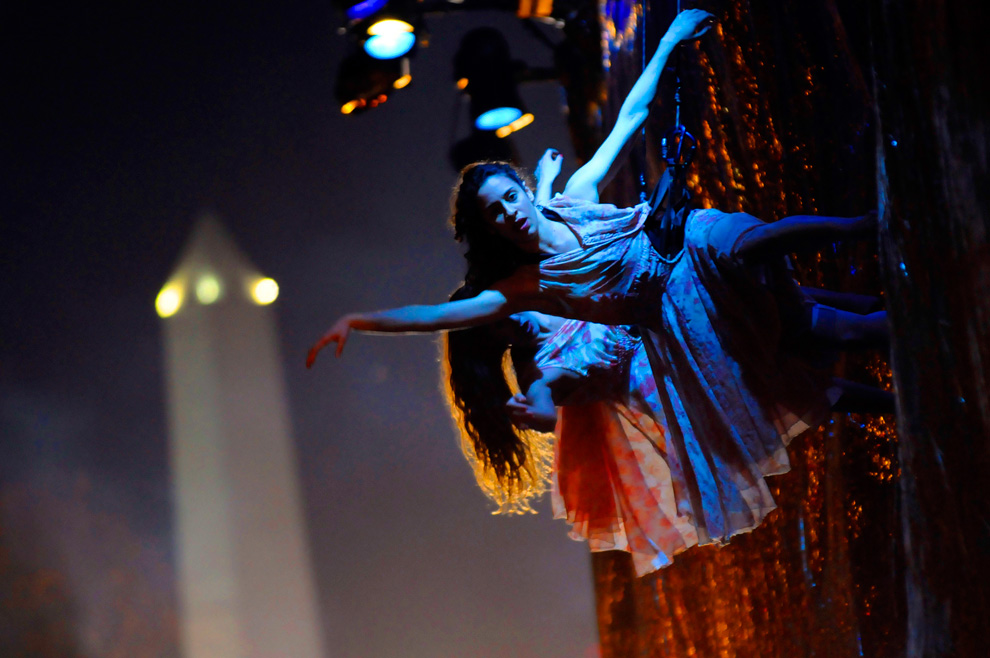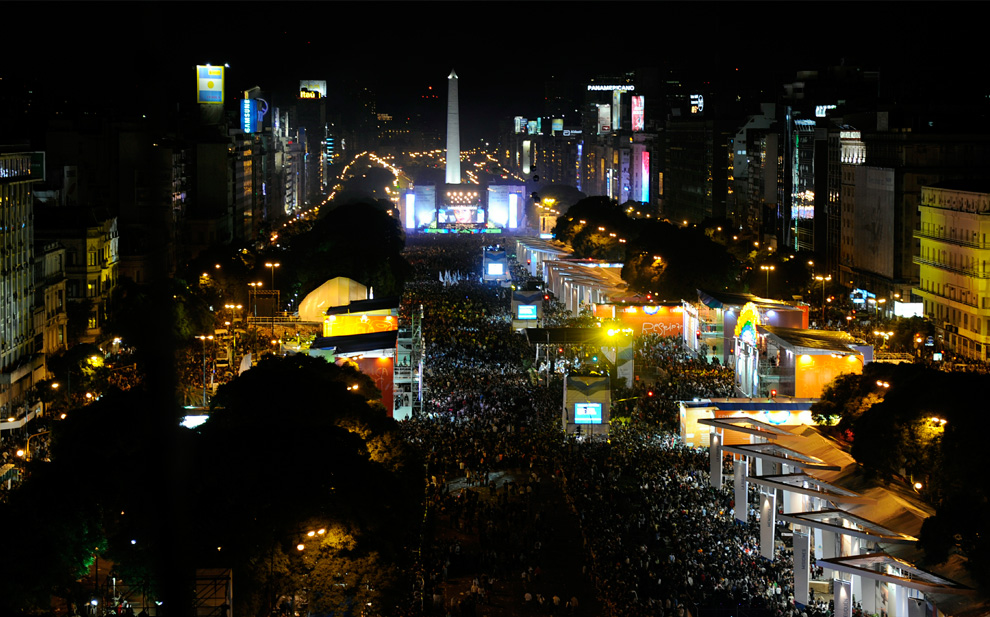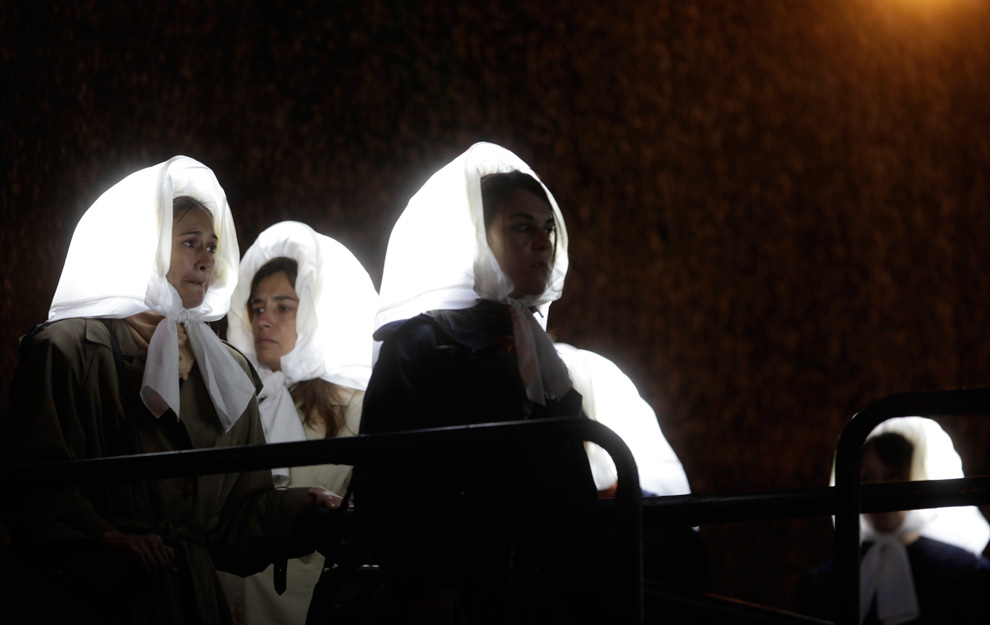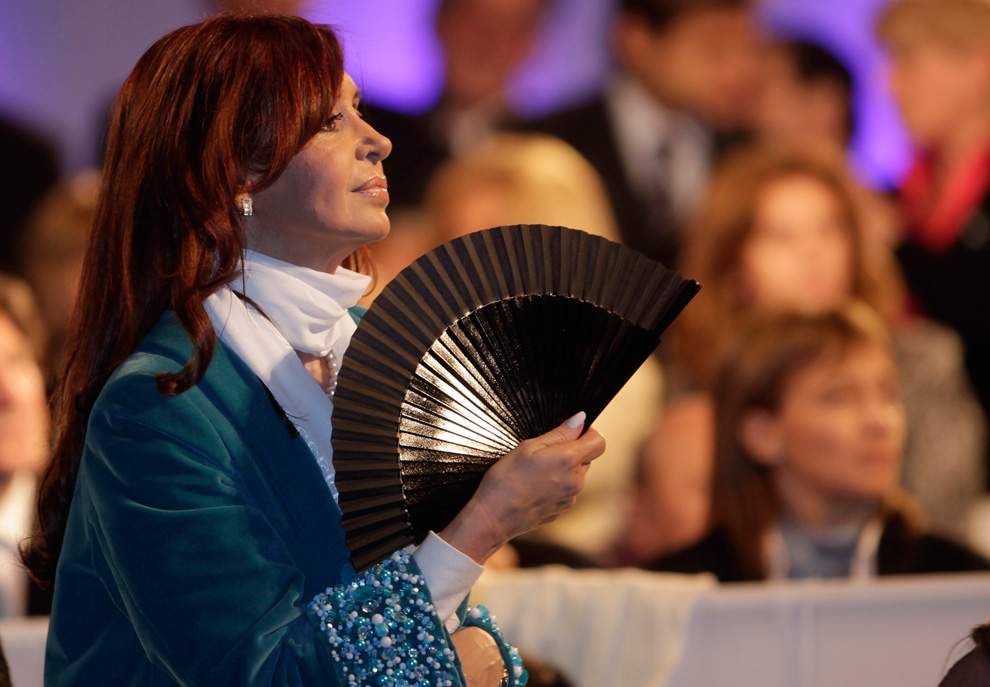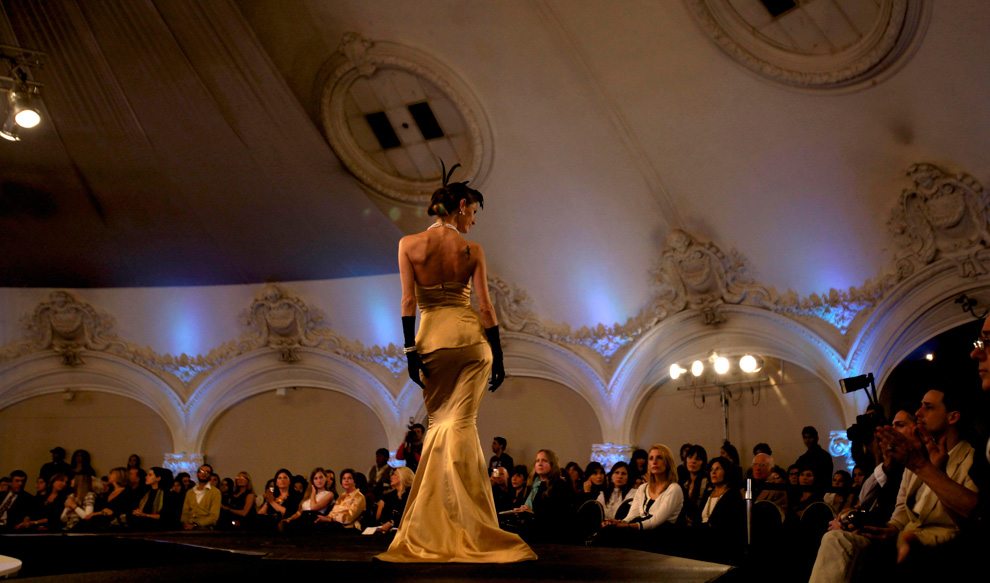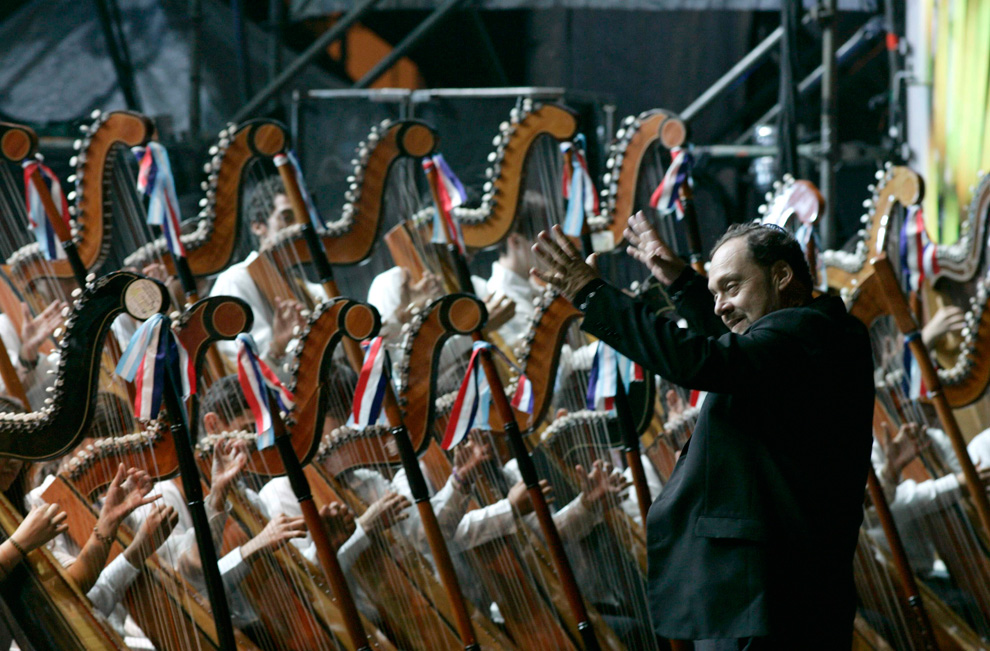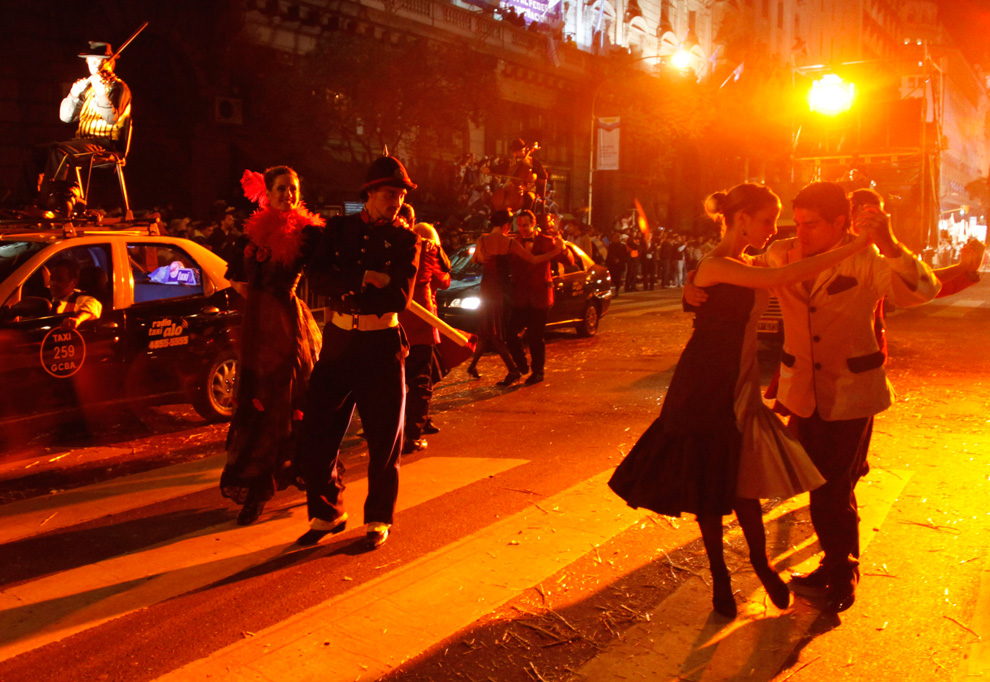Buenos Aires has become an expat haven like Paris in the twenties–except with girls in bikinis.
 |
Dominic LoTempio photographing a model on his rooftop in Buenos Aires. |
D
ominic LoTempio leans back in his deck chair and surveys the grounds of the second home he rented for the year: a sleek, modernist two-bedroom in a gated retreat 30 minutes north of Buenos Aires. Ten feet from his toes, a stiff putting-green-style lawn continues uninterrupted to the border of a heated, infinity-edge pool and then eases down to a man-made lake with a dock for canoeing. And half a mile down the street is the field where he takes off and lands his paraglider. “It’s like living in the Hamptons,” he says. Except the whole thing costs just $1,400 a month.
It’s these economics that have led LoTempio, a 31-year-old former senior vice-president of bond sales with the Belgian banking conglomerate KBC, to step off the Wall Street treadmill and join the growing number of New Yorkers who’ve taken their year-end bonuses or real-estate winnings and relocated to Buenos Aires. “I came to live life as a rich guy,” he says. In fact, he lives like a Master of the Universe—not like some Wall Streeter who checked out with enough to be technically, barely, a millionaire, but like the young, loaded Hollywood version.
“I remember when I decided to move,” says LoTempio. Working in bond sales, he was keenly aware of the various financial crises around the world. “Thailand, Indonesia, Malaysia, Korea, Japan, Russia, Mexico. Every time this would happen, the office would go bananas. Things would be melting on our screens. And somebody would look at their Bloomberg and say, ‘You know what, fuck, I could move to Thailand, convert my dollars to baht, live like a millionaire, and never have to work again. But nobody would ever go. They were trapped. I was the only one who was young and single and could do it.” And he knew he had to make a change—he was already beginning to feel the physical effects of an all-work lifestyle. He started seriously considering expat life when Brazil devalued. “It hit me: That’s it. I could live there.” But just as he was getting ready to quit, Argentina crashed. If he’d needed a sign, this was it. The culture and climate of Buenos Aires seemed “more American” to him. He could imagine feeling at home there. In October 2003, he traded in 6:15 a.m. wake-up calls and 60-hour workweeks for his expat fantasy: late nights, no work, massive spending power, and beautiful Argentine women. LoTempio still thinks of it in Wall Street terms. “Lifestyle arbitrage,” he calls it.
S
ince Argentina’s 2001 financial collapse put a two-thirds-off sign on everything in B.A., the city has become a playground for Europeans and Americans looking to relax or reinvent. The exact number of transplants is hard to pin down—under Argentina’s lax immigration regulations, many expats live illegally for years on 90-day tourist visas—but signs point to a boom. The number of Americans registered with the embassy jumped nearly 13 percent between 2004 and 2005.
There are other cities across the globe that offer relatively inexpensive living, of course: Mexico City, Rio de Janeiro, São Paulo, Bangkok. But potential expats generally cross them off the list because prices have started rising (Mexico City) or they’re too culturally different (Bangkok) or because the rich-poor conflict makes being a “rich American” too dangerous (Brazil). Buenos Aires mixes a potent cultural cocktail: low prices, a familiar-but-different (and sexy) vibe, good weather, great food, and the chance to start over.
For New Yorkers, the draw is particularly strong. “I find Buenos Aires to be as much like New York as you’re going to get in the world,” says LoTempio. The architecture, the culture, even the neighborhoods make New Yorkers feel comfortable: The expensive boutiques of Recoleta are reminiscent of Fifth Avenue, the family-heavy quiet of Barrio Norte is the Upper West Side, the vaguely tough San Telmo is the East Village of a decade ago, the hippest restaurant-and-boutique zone is called Palermo Soho, and Las Cañitas is a mini–meatpacking district. “People try to tell you where to go, and you say, ‘No, I already know,’ ” says Alfred Abraham, a 32-year-old New York doctor who recently finished a four-month trip to Buenos Aires in preparation for a move there.
What better place to take your year-end bonuses or real-estate winnings and turn a life of subway rides and work into one of multiple homes, fancy restaurants, and weekend jaunts to Uruguay’s chic Punta del Este? I should know, I did it. In May 2005, after our Lower East Side co-op rose 75 percent in value in two years, my wife and I left New York in a quest to live cheaply, learn a second language, and work on long-dormant book projects. Life in B.A. isn’t perfect by any means. The litany of expat complaints includes one-ply toilet paper; slow restaurant service; strikes that shut down subways, airlines, or highways nearly once a week; and, as LoTempio puts it, an “embargo on cool shit” like plasma TVs, which arrive six months late and cost twice as much. But from a wallet angle, it’s hard to deny the attractions of Buenos Aires. The average price for a square foot of Manhattan real estate—about $970—will get you ten times the space in a tony neighborhood here. (LoTempio’s tricked-out pied-à-terre on the trendiest street in B.A. set him back just $68,000.) And a three-course meal including rack of lamb and a nice bottle of wine will only set you back about $40 a head at Sucre, one of the best restaurants in town.
You can read more here.
